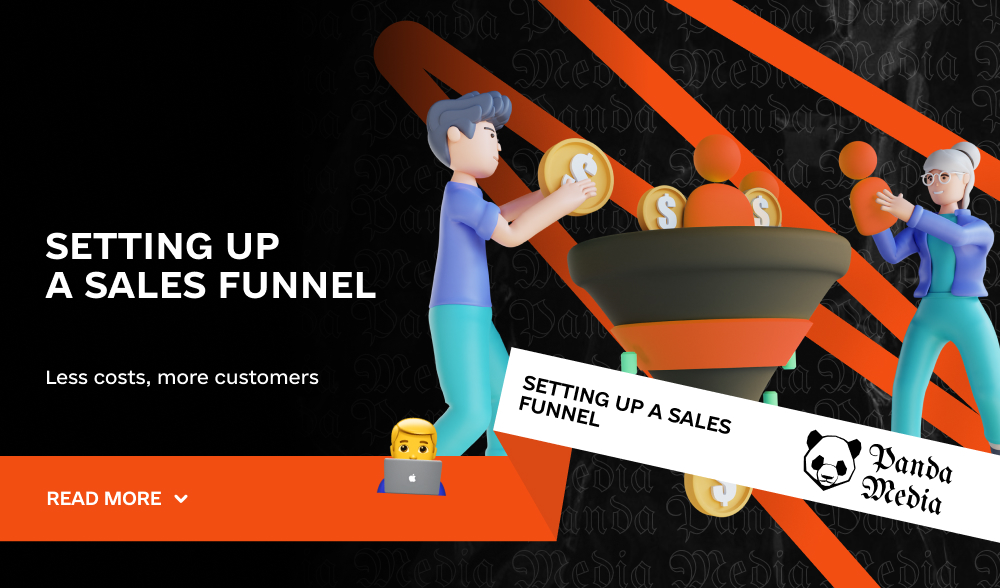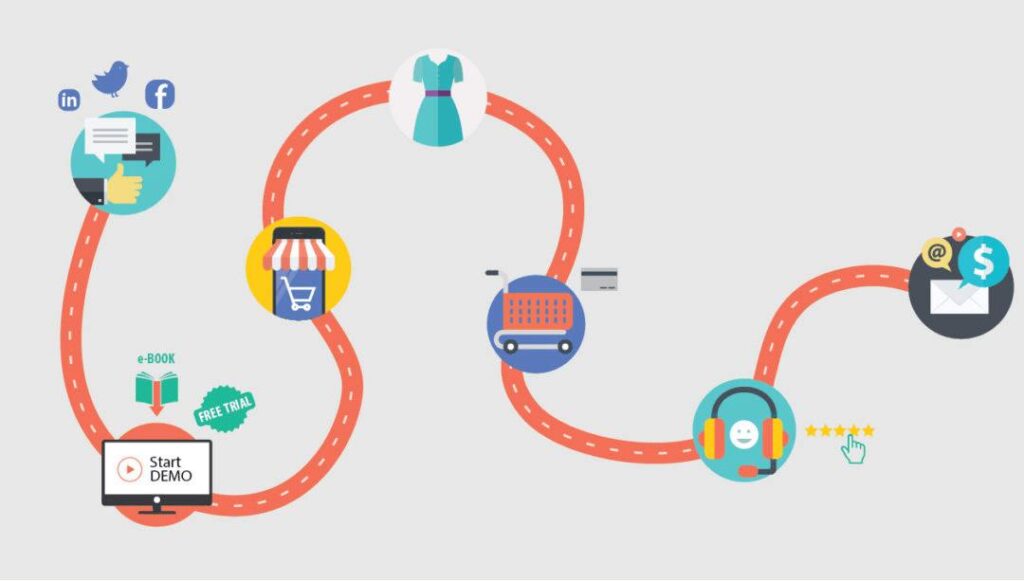Don't miss interesting news

Sales funnels are becoming increasingly popular in eCommerce and SaaS. Let’s figure out what they are, what stages they consist of, and how you can customize them for your business.

A sales funnel is a process that leads a customer from the first acquaintance with your product to the purchase. Everything happens automatically: from getting to know the product to making a payment.
The main goal of an auto-funnel is to minimize the loss of potential customers. This can be achieved with the help of various automated tools, such as drip campaigns, email newsletters, chatbots, etc. All these elements help to keep the attention of visitors and smoothly guide them to the moment of purchase.
Autofunnel helps not only to attract new customers, but also to return those who might have left, increasing their loyalty and, consequently, your business revenue.
Sales funnels may vary slightly depending on the type of business, but the general idea remains the same – an automated path from customer discovery to purchase.
For software or info products, a sales funnel can look like this: a user sees an ad that leads to a registration page for a webinar. He leaves his contacts, receives a lead magnet (something useful and free), and then starts receiving emails with useful information, case studies, etc.
At the webinar, they talk about the product, and afterwards, the user receives an email with a recording of the webinar and an offer to buy the product at a discount or get a free trial period.
If the user does not make a purchase, they receive emails with additional information, reviews, and examples of successful product use. At some point, they are offered a trial – something inexpensive that allows them to try the product and understand its value.
In eCommerce, the sales funnel looks like this: a person visits the site, browses products, registers, adds something to the cart, but may not buy it right away. If they don’t complete the purchase, they receive an email with a reminder and possibly even a discount to encourage them to buy.
If the purchase is completed, the customer receives a confirmation and the opportunity to sign up for updates via chatbots to receive information about delivery or new offers.

There are several steps to set up an autofunnel:
A sales funnel is an effective way to automate the sales process and attract more customers by saving your team time and effort. It will help you reduce the cost of customer acquisition, increase customer loyalty, and, of course, increase revenue.